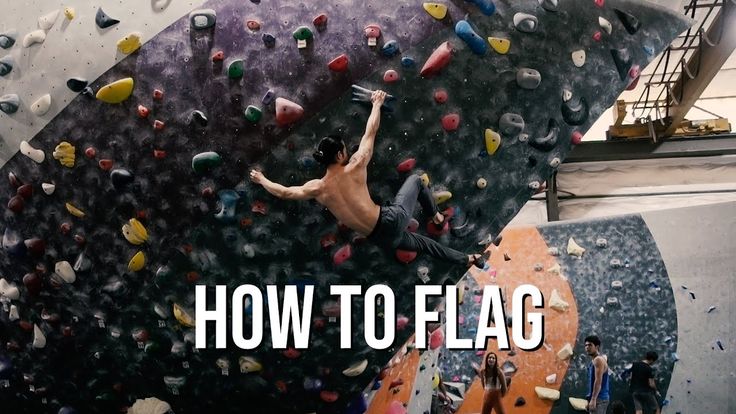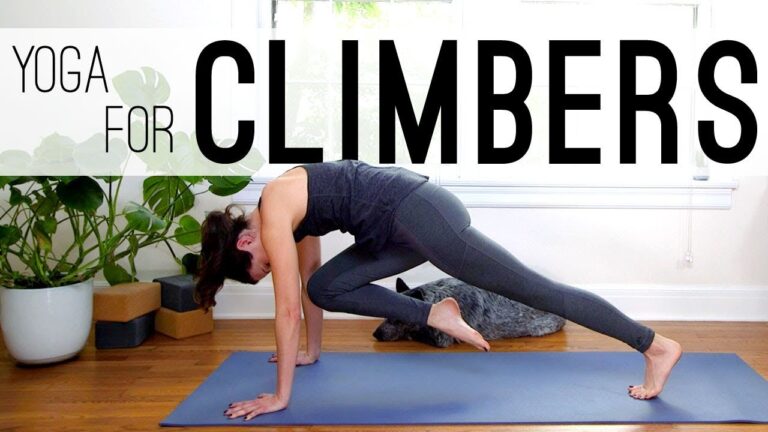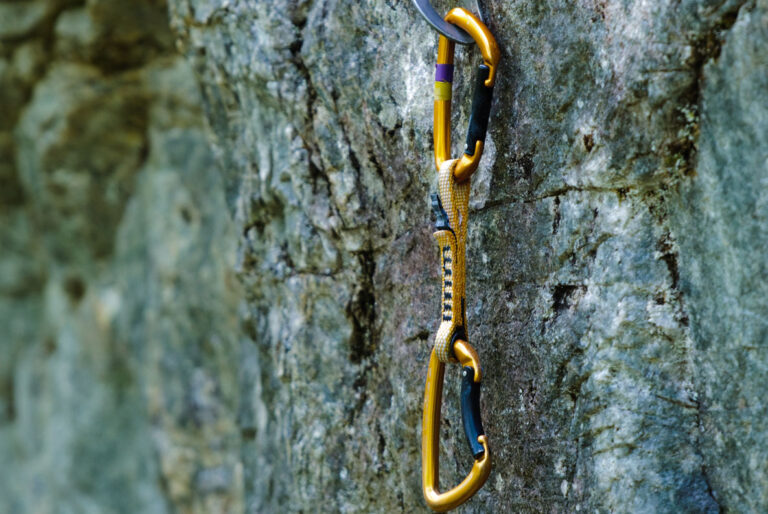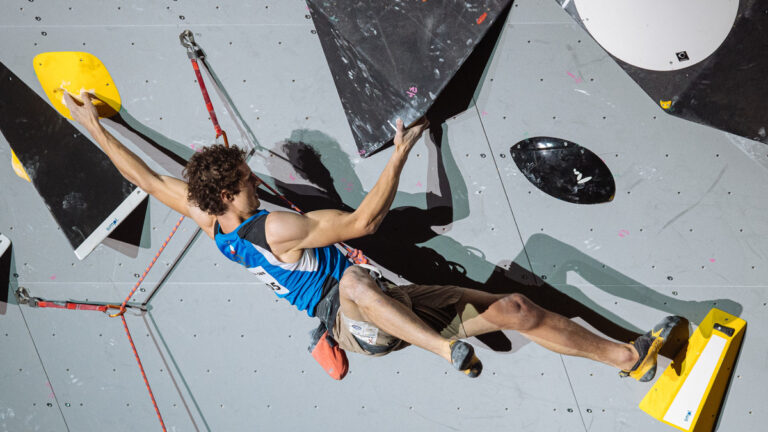How to Flag Climbing Technique for beginners
Fag is the most important technique in rock climbing and can greatly improve a climber’s balance, efficiency and overall performance. This involves extending one leg out to the side to maintain balance and control while climbing. Whether you’re a beginner or an experienced climber, mastering the signs will help you tackle more difficult routes and reach new heights.
The flag is by far my favorite technique for climbing, even when good holds are available, my favorite climbing style involves using an outside flag with a step back instead of placing both feet on the holds.
What is Flag and why use it?
A flag is a climbing move in which the climber uses one leg to maintain balance while reaching the next point. This movement uses only one fulcrum and the other leg straightens to create a flag shape. This extended leg, or flag, allows climbers to change their center of gravity and gain stability on the rock.
The signal can be used when only one support point is available, but in many cases it must also be used when two support points are available. Two points of support can put the climber in an uncomfortable, sometimes cramped, position and lead to loss of balance. However, with knowledge, the climber is always in balance.
This basic climbing movement forms the basis for many more advanced techniques. By being able to balance on one leg, climbers have greater freedom of movement. Additionally, the ability to raise a flag can significantly improve a climber’s efficiency and overall technique. Allowing them to climb better and save energy on long journeys!
How to make a street flag
External flag is the most common and simplest type of flag. This type of flag has only one rule: opposite hand and foot.
This means that the hand you extend should be on the opposite side of the leg you are currently pointing at. For example, if you are trying to catch a ball with your left side, you should do so with your right foot. vice versa.
The outside flag can be performed from the hip or thigh position.
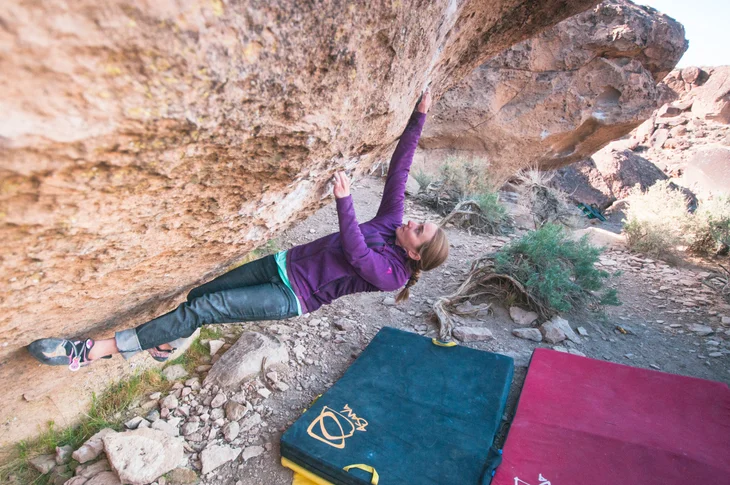
Other types of flags
Although flags primarily refer to the most commonly used “outer flag”, there are two other types of flags.
Rear flag
A tail flag is a less common type of flag used to cross a stable door using one arm and one leg on one side. Without the back flag, your body will open like a door and you will lose your balance.
The protrusion occurs because its center of gravity is outside the base of the support. This can be avoided by moving your foot closer to our anchor point, which will push the flag back.
The back flag has two rules: the square position of the arms and legs on one side and the hips.
Internal Flag
Internal flags are the least common type of science. During this movement, the hip bends inward and the leg hangs inside the body, hence the name “inside flag.” As with the back flag, this technique requires you to be on the same side with your arms and legs.
Apps for this type of travel are very rare and you may not need them for a while, but it’s nice to know they exist.
Common mistakes when Flag Climbing
Reaching the marked side:
A common mistake made by new climbers is to reach the same side as the outside of the flag. This is extremely difficult to achieve and defeats the purpose of making science more efficient! Always reach to the other side of the outside flag.
Don’t leave a flag:
Some climbers will forget the exact spot once they reach the next foothold, repeating mistake #1.
Weak on one side:
Beginning climbers tend to favor one side of the arms and legs. This is usually your dominant side. Once climbers learn the flag, they can only use it on one side. But you can also connect from the other side and get the same benefit, I promise!
Ignore the position of the flag:
Not only should the flag be used as a means to achieve balance, but one can also benefit from the position of the flag. Keep it close to the wall and move it as far as possible away from that foot. You can gain additional strength by using the support of your foot as an additional point of support rather than just for balance.
Practice The Flag
The flag move is one of those moves you should practice every workout if you haven’t unlocked the muscle memory yet (once you do, you’ll stumble all the time, trust me).
I also recommend learning how to backtrack before learning how to use the flag. This movement forces you to place your body weight on your feet (rather than your hands), which is necessary for the flag to function. Plus, recoil and flag make a powerful combination!
When doing a flag, focus on the external flag first. This is the simplest, most common and useful type of flag. Train in the indoor gym to solve simple problems that are well below your climbing level.
During this practice, you must force yourself to perform each movement with the help of external knowledge. Don’t forget the opposite arm and leg! Always reach the other side you are marking. And throw your flag every time.
Once you have mastered the outside flag, combine it with a step back. You will need to move your feet or step to create a sequence of these movements.
It will take some practice, but once you master these techniques, you will become an efficient climbing machine!
When The Flag Is Climbing
The flag position is one of the moves that should be used consistently while climbing. If you don’t remember tripping during your last workout, you may not have been a very effective climber! Here are some options for using tagging technology:
Restoring balance: The most common use of rocking is to shift the center of gravity to a more advantageous position using an extended leg. Therefore, you should always turn to science whenever you feel your balance is lost. One anchor point is often better than two!
Access to difficult outlets: A flag, especially when combined with a twist lock, can give you access to an outlet that you might not otherwise be able to access.
Comfort: Floating is a great way to take the pressure off your arms and transfer it to your legs. You can use flag to create a resting position and support your arms on the road.
There are so many uses for flag that I definitely forgot to summarize some of them, but here’s what I came up with.

